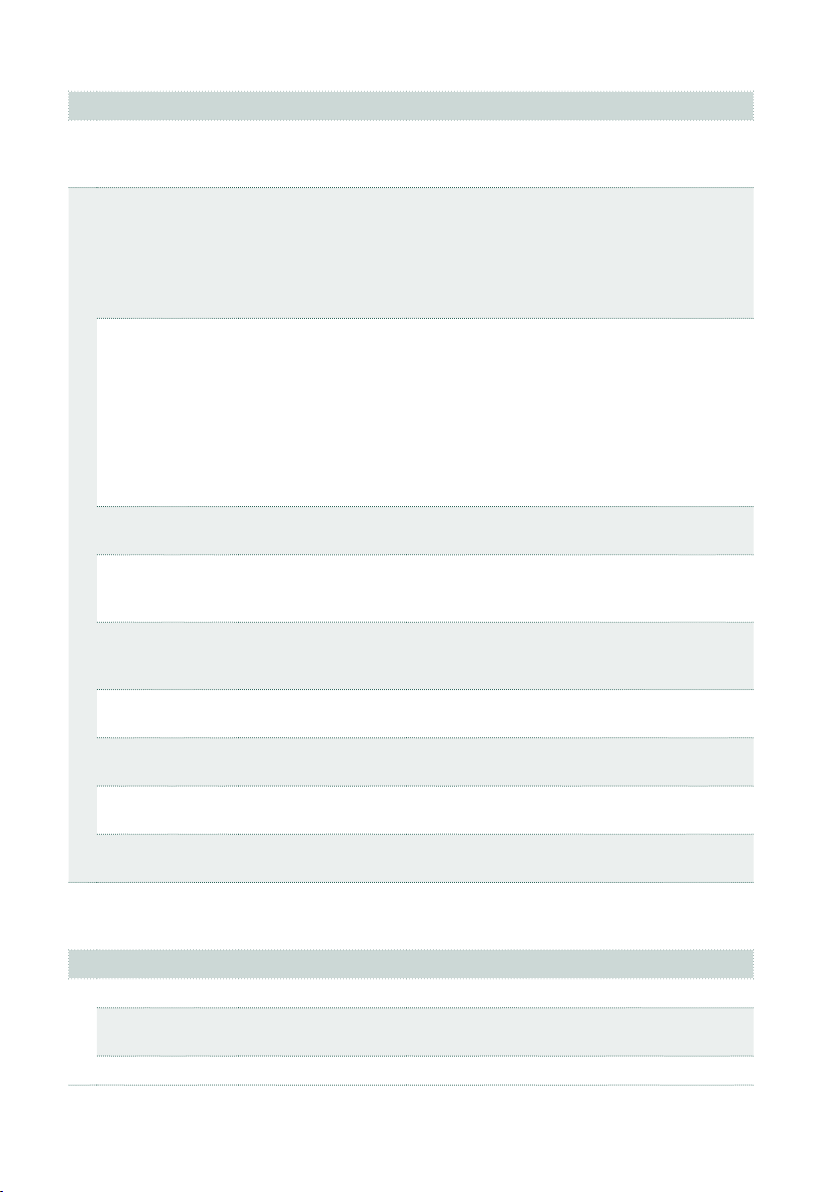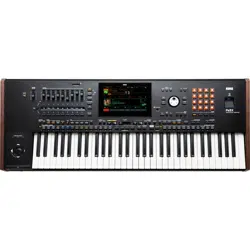Loading ...
Loading ...
Loading ...

1336| Effects for the Sounds
Speaker
q Horn/Rotor Bal Rotor, 1…99, Horn This sets the output balance between the high
frequencies of the Horn and the low frequencies
of the Rotor.
r Speaker Sim Off, On This enables and disables modeling of the
speaker tone.
The Speaker Simulator may still affect the tone
even when the Rotary Speaker is turned off, de-
pending on the setting of the Speaker Off Out
parameter.
SpeakerType Natural…Original
CX-3
This selects the model used for the speak er
simulator.
Important: Some Speaker Types have sharp
resonances in their frequency responses which
may cause higher volumes with specic notes
and drawbar settings. If the volume is already
high, this can cause clipping at the outputs. If
this happens, simply turn down the output level
of the effect or the sound.
Natural This is based on new analysis of a classic vin-
tage rotary speaker.
Natural+Direct This is similar to Natural, but with a bit of the
direct signal mixed back in – resulting in greater
extension of both high and low frequencies.
Resonant This has more mid-frequency bite than Natural,
similar to a popular rotary speaker effects ped-
al.
Resonant+Direct Similar to Resonant, but with a bit of direct sig-
nal mixed in (see Natural + Direct above).
Bright Based on Natural, but with less high-end roll-off
for a brighter sound.
Bright+Direct Like Bright, but with a bit of direct signal mixed
in (see Natural + Direct above).
Original CX-3 This is the same as the original CX-3 speaker
simulator.
s AmpMatchType Off, Amp Type 1, 2 Type of amp model. This should usually be the
same as the CX-3 Amp, but you are free to ex-
periment by choosing a different amp type here.
FX Mix
t Wet/Dry Dry, 1:99…99:1, Wet Balance between the wet and dry signal
Src Off…Tempo See the list of DMS (Dynamic Modulation
Sources) at the beginning of this part
Amt –100…+100 Amount of modulation source
Loading ...
Loading ...
Loading ...
